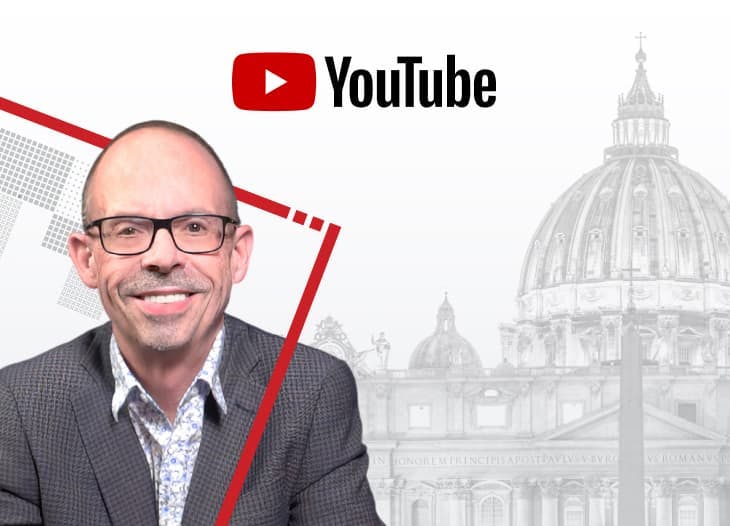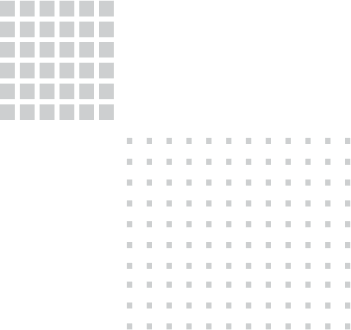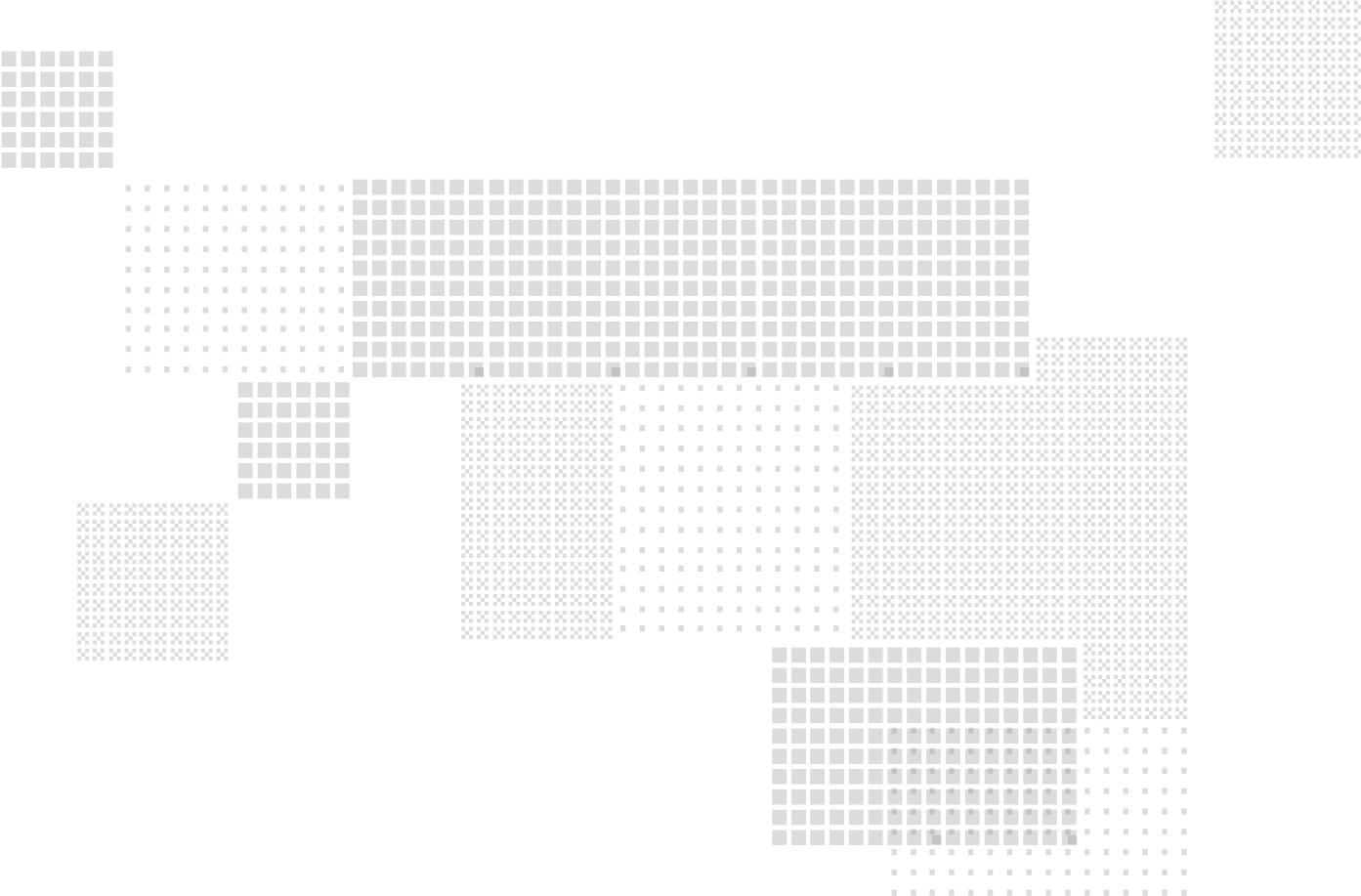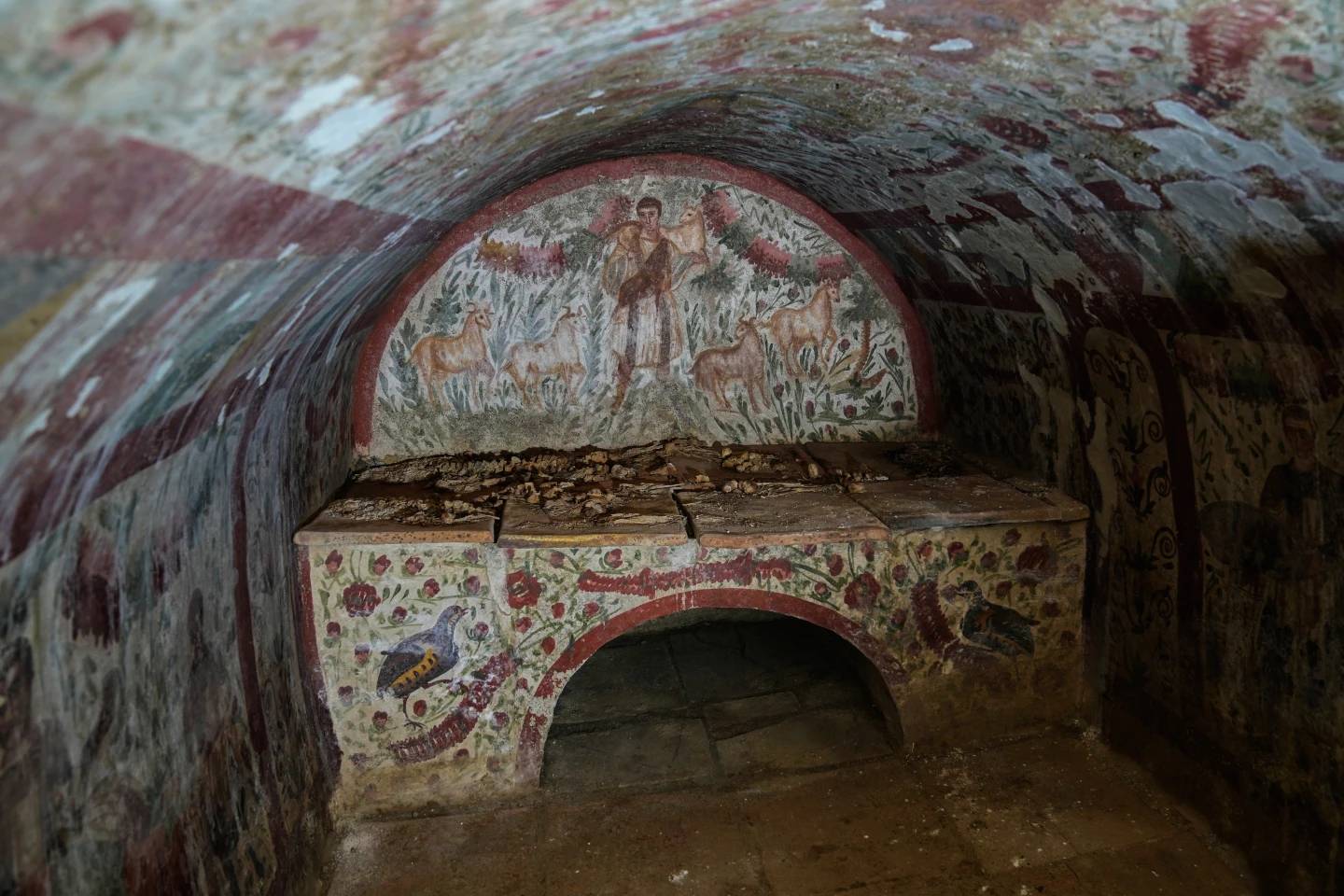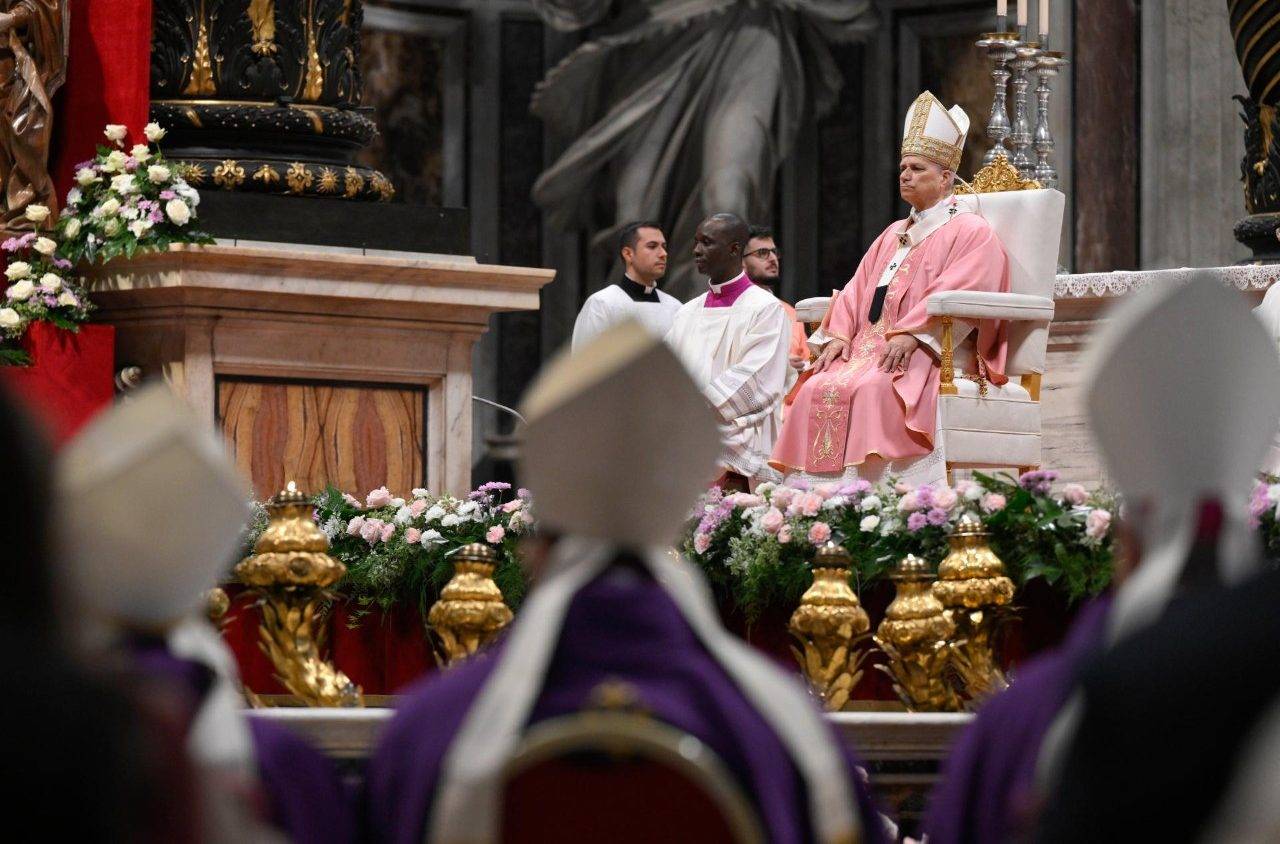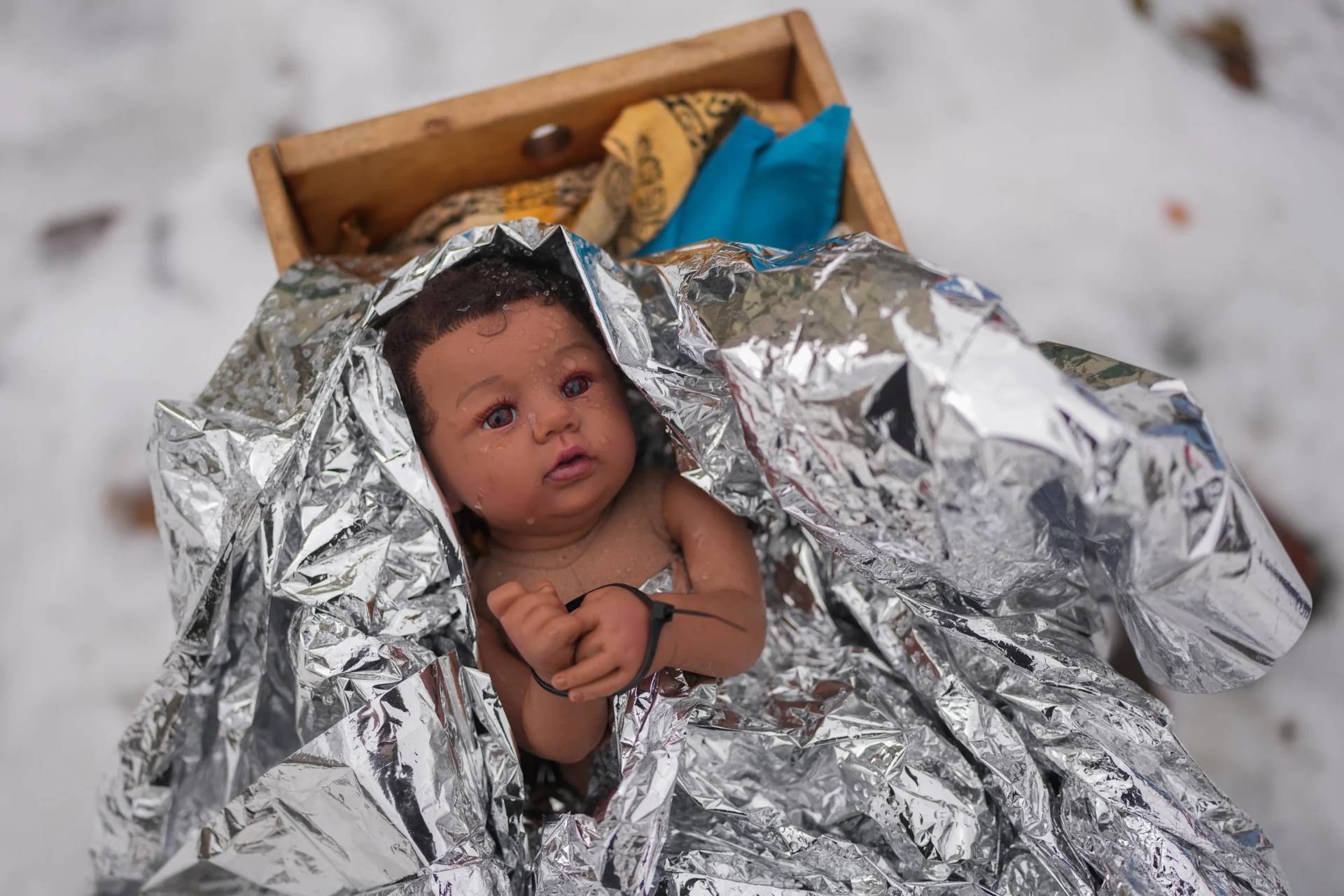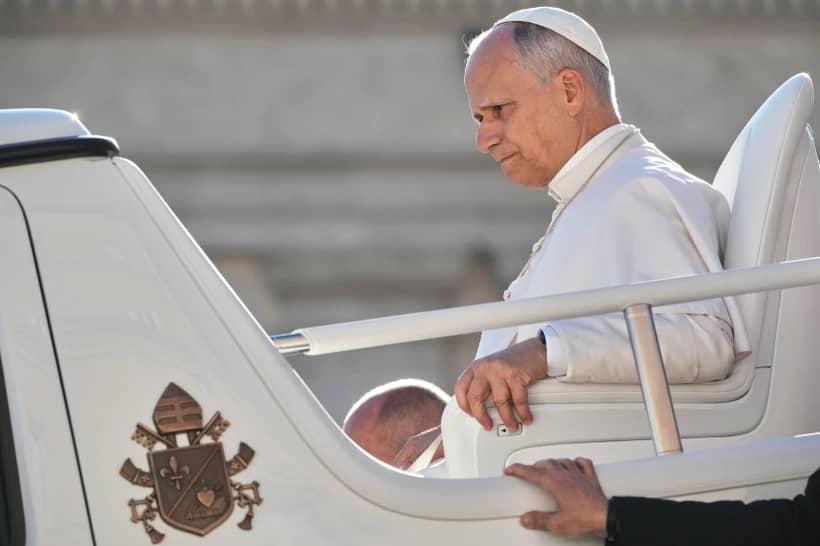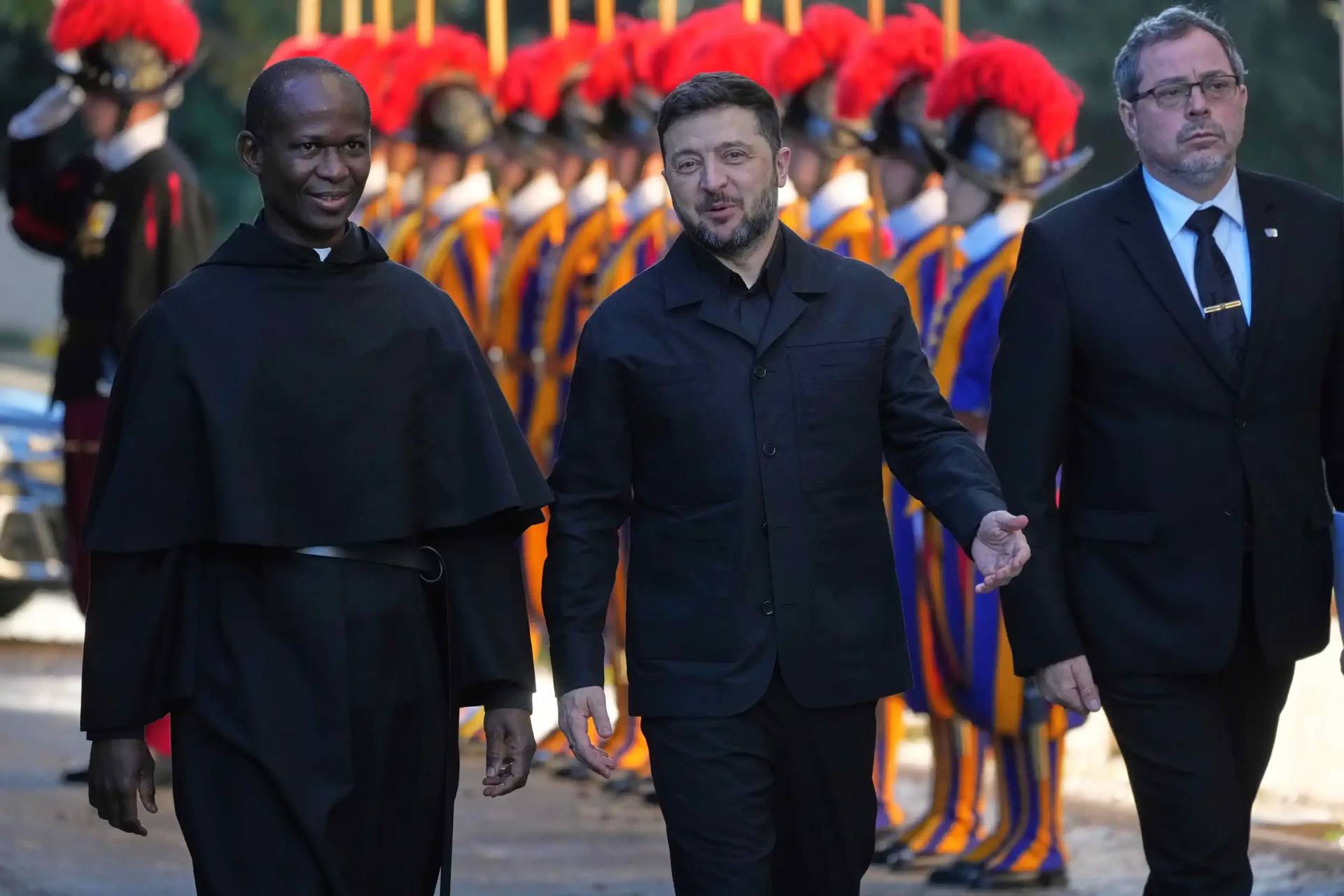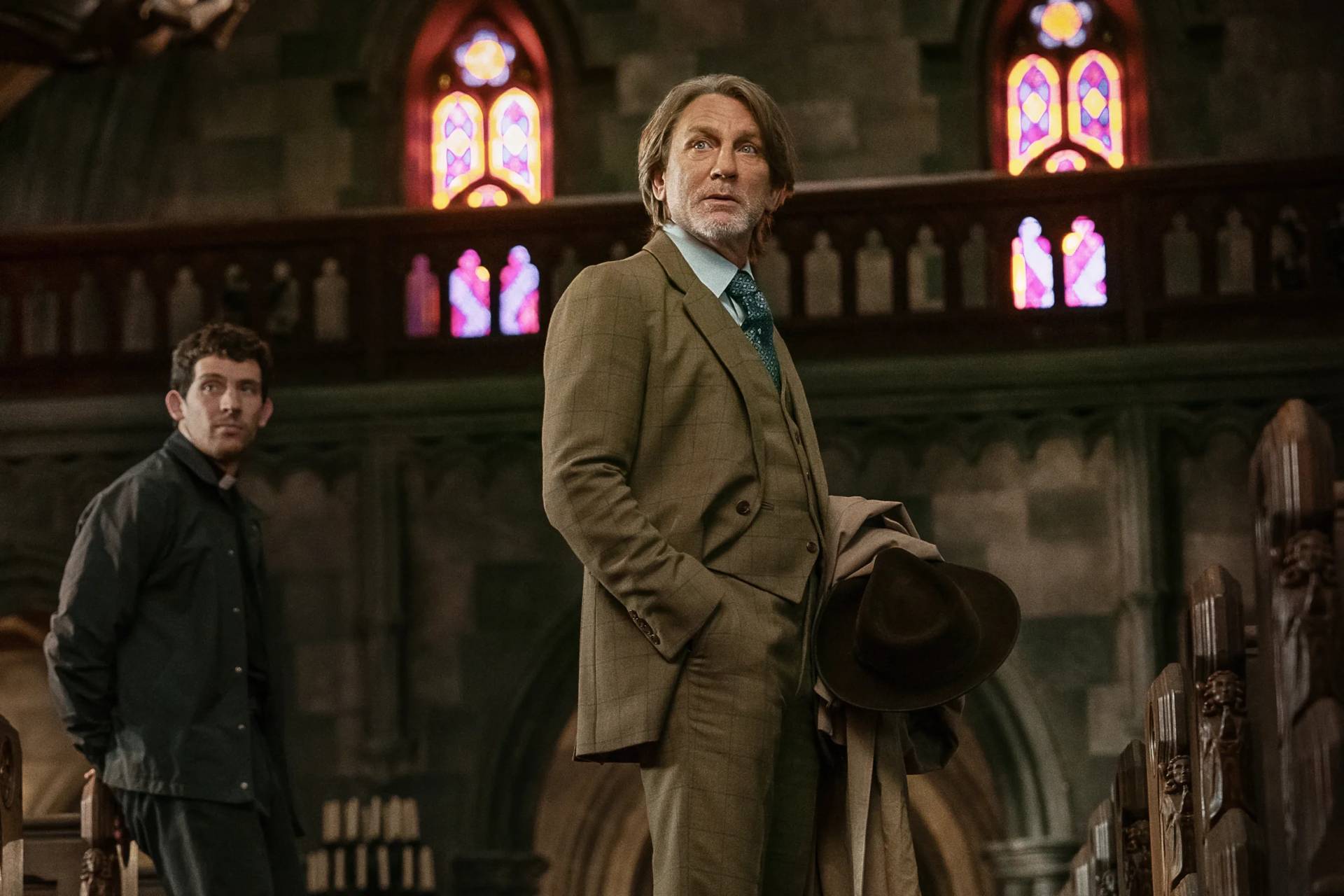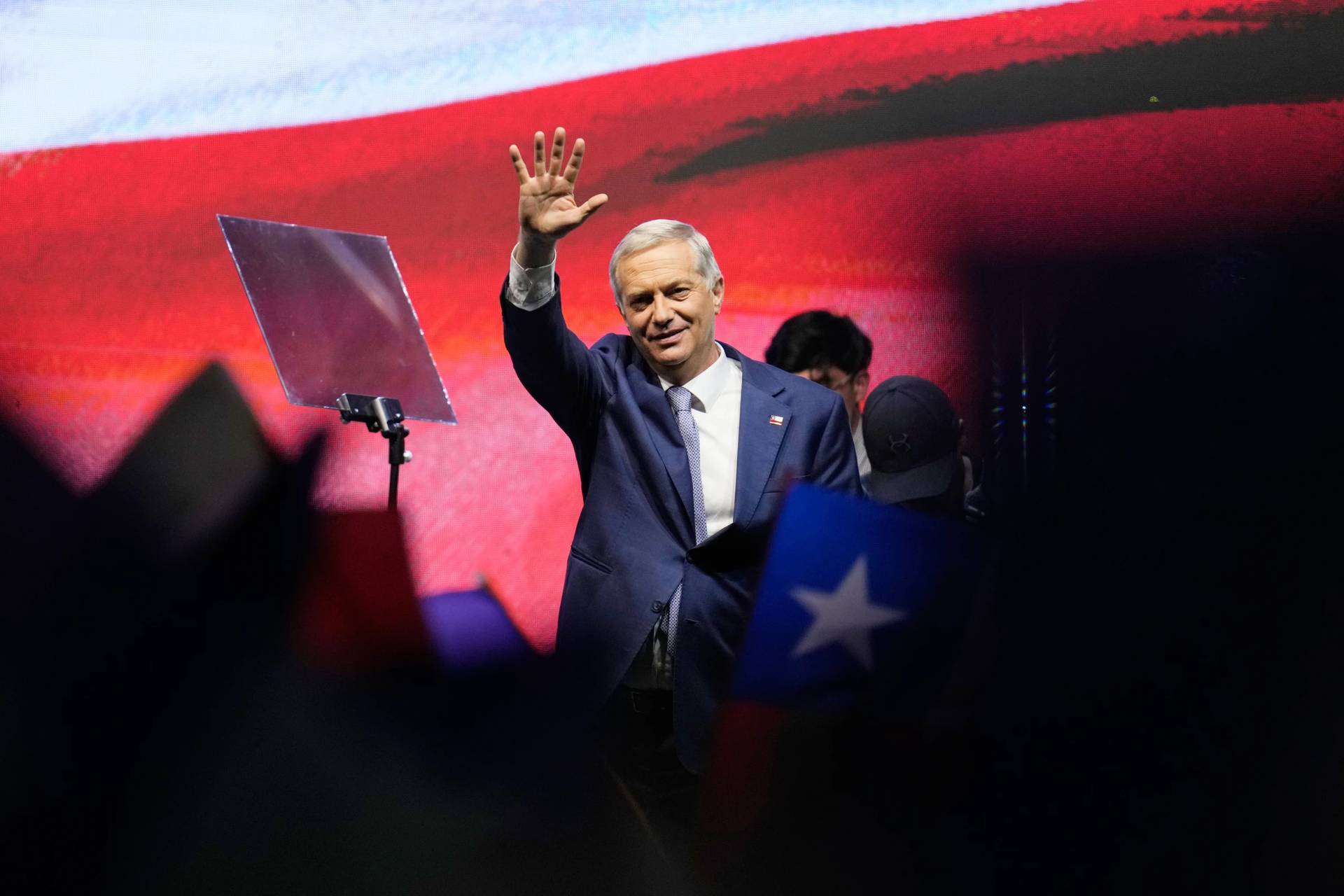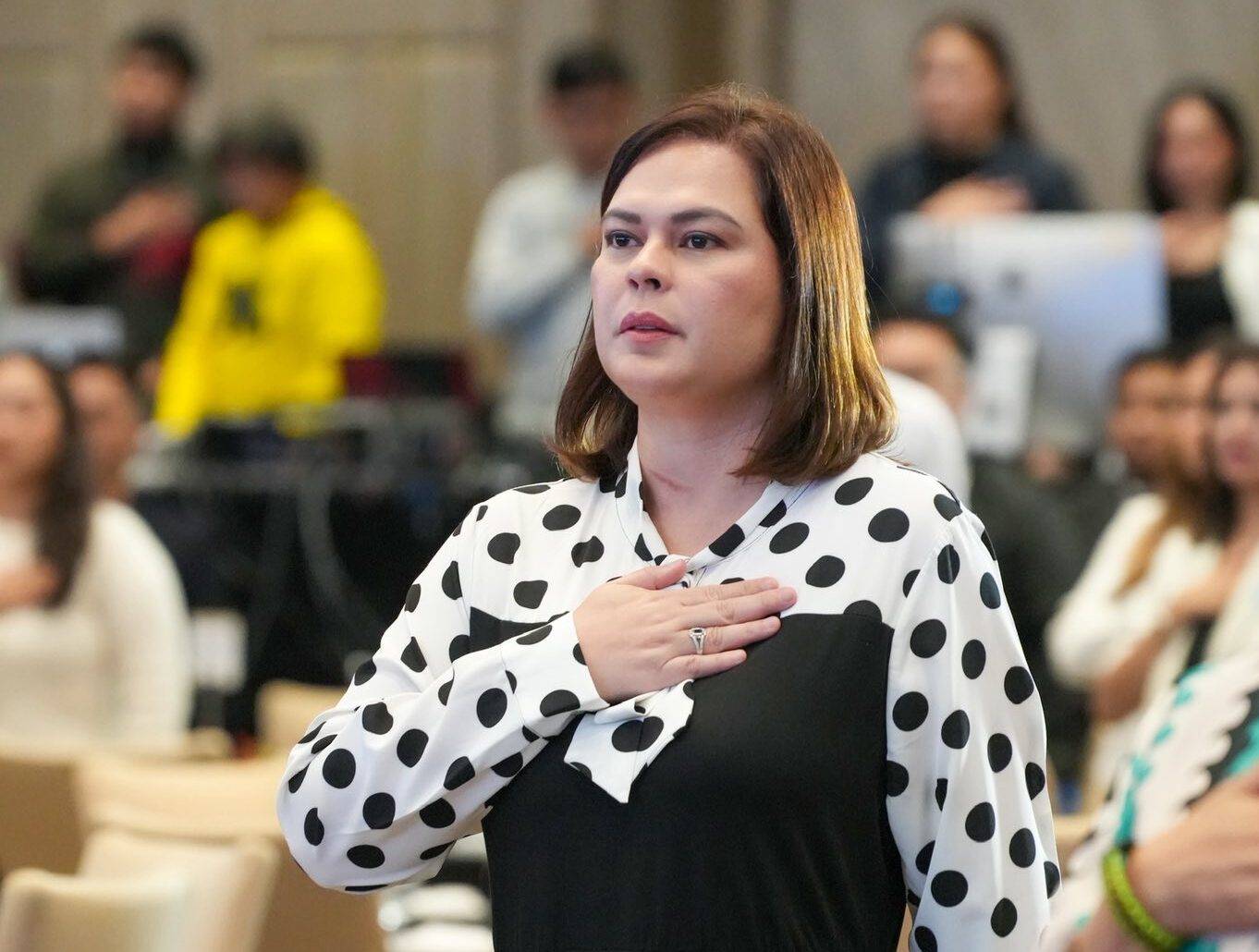ROME – When Pope Francis was discharged from the hospital three weeks ago, officials broadly said that a new era of his papacy was being ushered in, following a harrowing 38-day battle with double pneumonia.
For the first two weeks after his discharge from Rome’s Gemelli Hospital on March 23, what exactly Francis’s papacy would look like going forward was largely a mystery, as he settled back into his residence and appeared to be astutely adhering to a doctor-mandated two-month period of rest.
During his weeks of convalescence, Francis is in theory supposed to avoid group gatherings and too much exposure to environments where he could pick up more germs.
However, last Sunday he began a series of surprise public appearances throughout the week, including his first outing outside of Vatican City since his hospitalization, that have provided a picture of what this “new phase” of the papacy could look like, at least in the short term.
Though the Vatican has adamantly insisted that Pope Francis continues to observe his two-month period of rest, last Sunday, April 6, he made an unexpected and unannounced appearance at the end of a Mass for the Jubilee for the Sick and Healthcare Workers in St. Peter’s Square.
It was the first time he had been seen in public since returning home, and despite doctor’s orders for strict rest for eight weeks, it took him two before he decided to shrug off that advice and come to the square, where he shook hands and stopped to talk with individuals and groups before giving his blessing.
He then had an unannounced private meeting with King Charles and Queen Camilla Wednesday, and on Thursday made headlines for a surprise appearance in St. Peter’s Basilica without his usual papal garb, wearing what appeared to be a white undershirt with black pants and a poncho for cover.
Francis prayed in front of the tomb of Pope Pius X on that occasion and also shook hands with and blessed a few children as he was being wheeled back to his residence.
On Saturday, he ventured outside of Vatican City and paid a visit to his favorite Roman basilica, Saint Mary Major, where he has said he wishes to be buried, spending time in silent prayer and delivering a bouquet of flowers to the famed icon of Maria Salus Populi Romani, or Mary, Health of the Roman People.
This past Sunday, April 13, he again made a surprise appearance after Palm Sunday Mass, marking the official beginning of Holy Week, though by then expectations had grown that he might show up.
Pope Francis came out, unannounced, at the end of Mass to help deliver the final blessing and wish attendees and faithful around the world a good Palm Sunday and a good Holy Week, stopping to pray at the tombs of Popes Pius X and Benedict XV inside the basilica on his way home.
These appearances from Pope Francis are not only an indication that his treatment is working and that he is feeling better as his recovery continues, but they could also be an indication of what to expect in the near future.
For the past two years Francis has increasingly relied on cardinals to celebrate the major papal liturgies at the altar, while he presides from a chair off to the side, due to difficulties standing for the entire ceremony, and he has also taken to having aides read his prepared speeches for him when he is unable to due to breathlessness or respiratory strain.
Based on just the past week, it is possible that for now, including his upcoming Holy Week liturgies, the pope might delegate Masses to cardinals entirely and simply show up at the end of the liturgy to give a blessing and to show that he is still present.
Last week could have been a preview of what to expect for the Holy Week liturgies at the Vatican, the plans for which have still not been announced.
It is normal as popes age that they slow down and become more dependent on collaborators and aides, delegating tasks and duties.
At 88, Francis suffers from various maladies and has had several health crises in recent years, including two major surgeries and two hospitalizations for respiratory illness, as well as two falls due to presumed difficulties in balance.
In each case, these crises raised concerns about his overall stamina and ability to conduct business as usual. However, with each new instance, the way “business as usual” is done has been modified.
Looking beyond Holy Week, this way of handling liturgies could be a glimpse of yet another modified version “business as usual” after this latest hospitalization, as Pope Francis adjusts to increased physical frailty and limits.
Francis has often said that you don’t need legs to govern, but a head, and he has demonstrated this over the past week as he continued to work, signing documents and resuming regular meetings with officials, while finding a new way to handle his commitments.
What this past week has also shown, in this sense, is that the papacy is not so much about duty, but presence.
Crowds erupted with an emotional cheer when Francis made his first public appearance April 6, and some 20,000 believers flocked to a full St. Peter’s Square for Palm Sunday Mass April 13 in the hope of seeing him come out again, even for just a few minutes, and to hear his raspy voice wish them a blessed Holy Week.
In both instances, as well as his casual appearance in St. Peter’s Basilica and his outing to St. Mary Major, what was important was not whether he celebrated the whole Mass or not, or what he wore, but simply that he was there, that he was present.
Especially during a jubilee year, and especially as he faces new and potentially frustrating limitations, the primacy of presence could be an important new aspect of Francis’s papacy in this new era.
Last week the pope did not celebrate Mass publicly in St. Peter’s Square, he did not drive around in the popemobile or kiss countless babies or bless rows of the infirmed, but he came, he gave his blessing, and he was simply present – a presence which, absent the ability to do more, spoke louder and more articulately than any words.
Follow Elise Ann Allen on X: @eliseannallen

